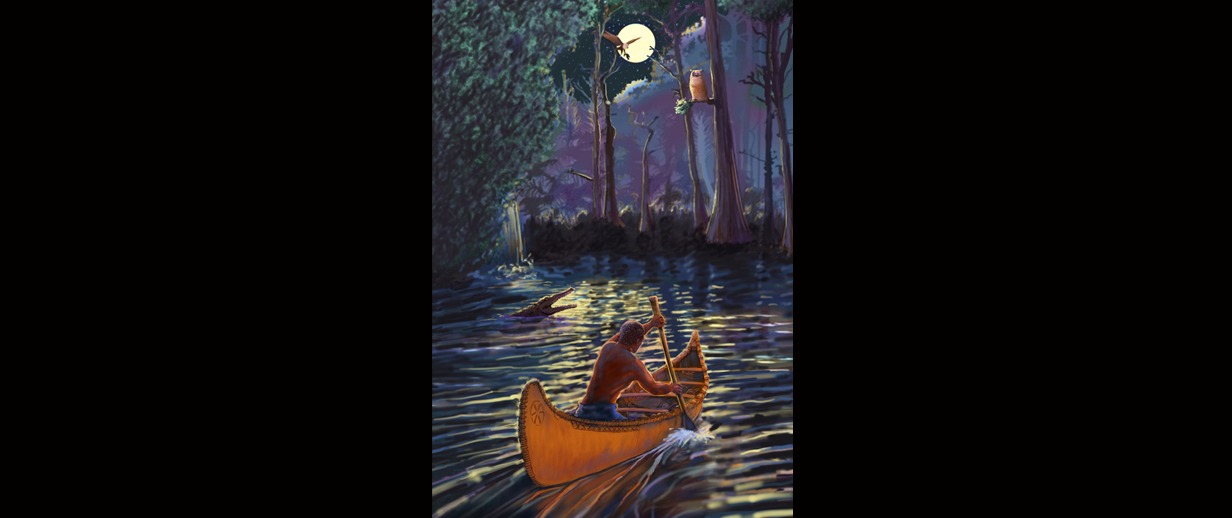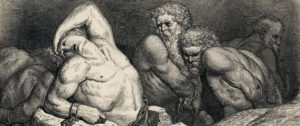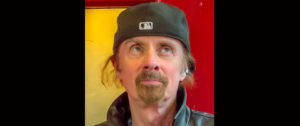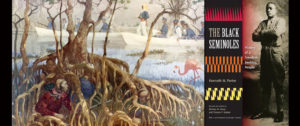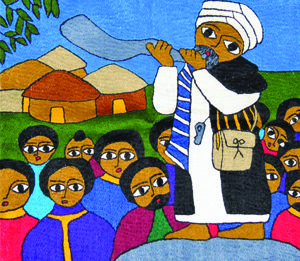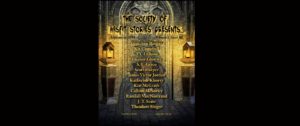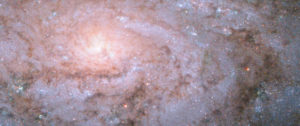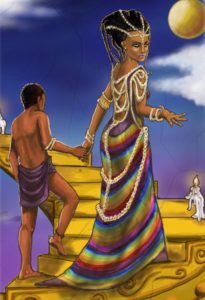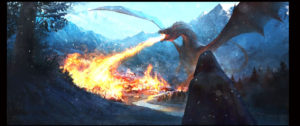Commemorating Black History Month and the theme of American black history, here are character background sketches that informed The Speed of Life, an Illustrated Novel.
– Akila and Abiaka –
Andrew Good-Eagle Godfrey was the great-great-great-great-great-great-great-grandson of Akila, an Husseri shaman, a witch doctor, a medicine woman whose own lineage traced back to Zulu ancestors, sangoma shamans who, over generations, had migrated from southeast Africa to Africa’s Gold Coast in what is now Sierra Leone.
Before the slave traders came, the Husseri – artisans, hunters, and fishers – lived peacefully with their neighbors, as there was no need to compete for land or resources. Food was abundant, the climate pleasant, and disease rare because of their sanitation and the healthcare provided by their shamans.
In hand-to-hand combat, the slave traders would have been no match for the Husseri. But the slavers came with armed and armored mercenaries. The battle was bloody. The Husseri were defeated, their cities burned, their civilization in West Africa eradicated.
While less than half of the enslaved Africans – shackled, crammed into coffin-like compartments, and ill fed in the disease-ridden and putrid-smelling holds of the slave ships – survived the middle passage, all of the Husseri lived, only to be starved and beaten in the sugar fields of the West Indies. It was there, during a revolt, that Akila escaped. She made her way to Haiti where she was a free woman, marrying, studying, and working with Hoodoo practitioners, enhancing her knowledge of medicine and The Creator, and learning French and English. Then she was recaptured by slave traders, her husband was killed, and her sons were separated from her like an amputation.
In hand, leg, and neck irons she was thrown into the leaking, blood- and excrement-filled hold of another slave ship, taken to Georgia, and sold to the owner of a cotton plantation. Less than a year later, a near-naked skeleton, Akila escaped again, this time finding welcome by the British and the Seminoles in northern Florida. She joined a family of other Husseri, who were nominally Seminole slaves, belonging to a clan of six extended families with no official tribal affiliation.
The Husseri intermingled and then intermarried with the Seminoles, giving birth to black Seminoles. But soon, white Americans from Georgia and Alabama – plundering plantation owners wanting slave labor – and their mercenary henchmen, began to encroach on Seminole land in Florida, stealing crops and cattle belonging to the Native Americans and enslaving any person suspected of African heritage. These white Americans and the United States Army working at their behest tried to eradicate every vestige of Seminole civilizations.
Andrew was also descended from Abiaka – from whom Betty Mae’s maiden name was taken – the Seminole medicine man who successfully led his nation, together with Osceola, during the second Seminole War. But unlike Osceola, Abiaka refused to meet with the U. S. Army under their treacherous offer of truce. At the peace conference, as Abiaka had warned, Osceola was incarcerated, then taken in chains to a dank Navy brig in North Carolina where, malnourished and emaciated, he succumbed to untreated illness a year later.
Abiaka, however, never ceased leading his people – armed and trained in warfare by the British – in resistance to enforcement of the Indian Removal Act. Eventually, the United States, after spending over twenty-million dollars (the equivalent of five-hundred billion 2012 dollars) and suffering almost two thousand fatalities and thousands of casualties, withdrew from combat, leaving the remaining Florida Seminole population decimated but undefeated, making Akila one of the few people who survived genocide on two continents, in the old world and the new.

